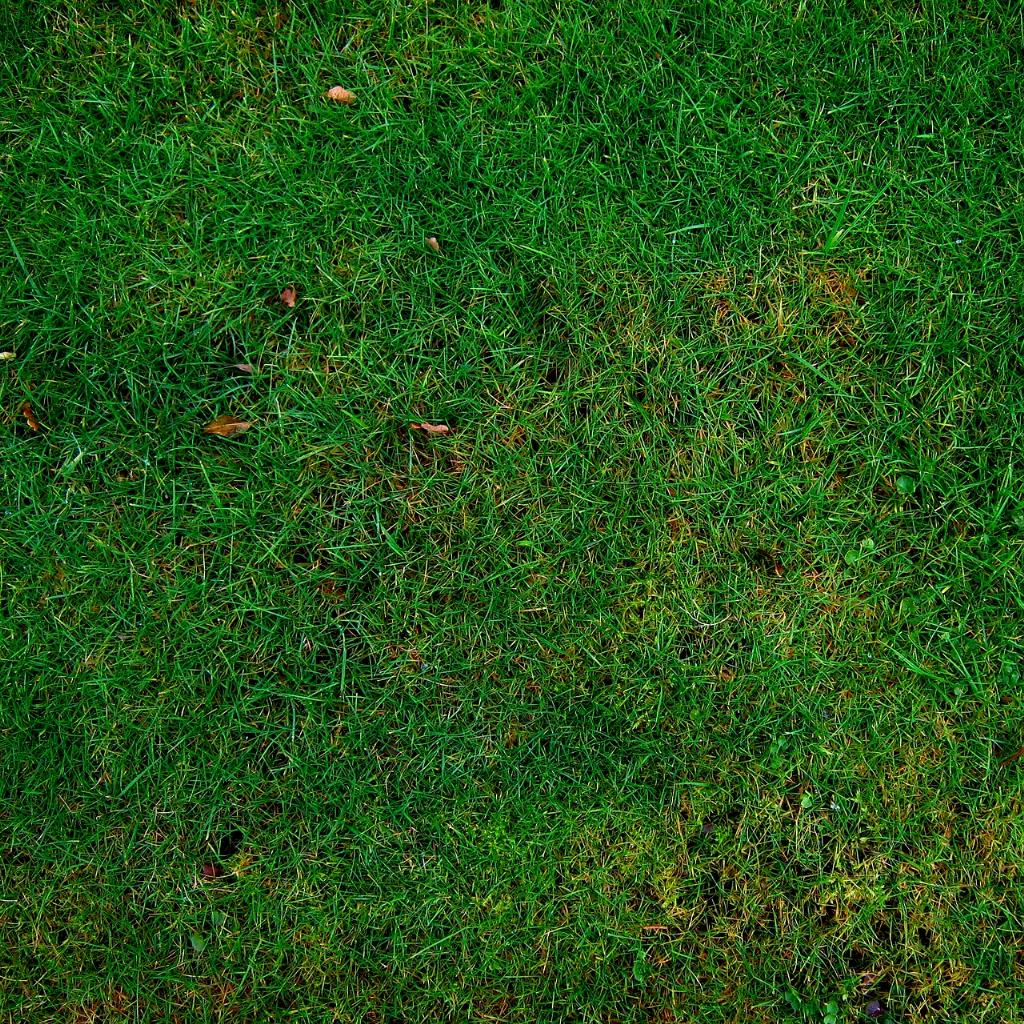Springtime often brings about thoughts of reviving and rejuvenating our lawns after the harsh winter months. One common practice that many homeowners consider is overseeding their lawn to fill in bare patches, improve the overall density of the grass, and enhance the aesthetic appeal of their outdoor space. However, the question that often arises is whether overseeding in the spring is the best course of action for achieving a lush and healthy lawn.
The Timing of Spring Overseeding
It’s important to note that spring is not typically the recommended time to overseed a cool-season grass lawn, such as bluegrass or fescue. One of the main reasons for this is the shorter establishment period that the new grass seed will have before the hot summer temperatures set in. The stress of summer heat can be challenging for newly germinated grass seed, potentially hindering its growth and development.
Potential Challenges of Spring Overseeding
Another factor to consider is the increased likelihood of weed competition when overseeding in the spring. Weeds tend to be more active during the spring months, taking advantage of the moist soil and warmer temperatures to germinate and establish themselves. This can pose a significant challenge for the newly planted grass seed, as it may struggle to compete with aggressive weed species for nutrients, water, and sunlight.
Optimal Conditions for Successful Spring Overseeding
While spring may not be the ideal time for overseeding cool-season grasses, there are certain conditions under which spring overseeding can still be successful. One key factor is ensuring that the soil temperature is warm enough to promote germination and growth of the grass seed. Additionally, adequate moisture is essential to support the establishment of the new grass seedlings during the spring months.
Proper Preparation and Maintenance
Before embarking on a spring overseeding project, it’s crucial to prepare the lawn properly to create optimal conditions for seed germination and growth. This may involve dethatching the lawn, aerating the soil to improve drainage and alleviate compaction, and amending the soil with nutrients to support healthy grass growth. Additionally, regular watering and consistent maintenance practices are essential to ensure the success of the overseeding process.
Considerations for Different Grass Types
The suitability of spring overseeding may also vary depending on the type of grass in your lawn. Warm-season grasses, such as Bermuda or Zoysia, are better suited to spring overseeding compared to cool-season grasses, as they thrive in warmer temperatures and can benefit from the growing conditions during the spring months.
Consulting with a Lawn Care Professional
If you’re unsure whether spring overseeding is the right choice for your lawn, it may be beneficial to consult with a lawn care professional. An experienced professional can assess the condition of your lawn, recommend the most suitable grass seed varieties for overseeding, and provide guidance on the optimal timing and practices for achieving a healthy and vibrant lawn.
Weighing the Pros and Cons
Ultimately, the decision to overseed your lawn in the spring should be based on a careful consideration of the potential benefits and challenges associated with the process. While spring overseeding can help improve the density and overall appearance of your lawn, it may also come with certain risks, such as weed competition and stress from summer heat. By weighing the pros and cons and taking the necessary steps to prepare and maintain your lawn, you can increase the likelihood of successfully overseeding in the spring.
Conclusion
In conclusion, while spring may not be the optimal time for overseeding cool-season grasses, it is still possible to achieve successful results with careful planning, preparation, and maintenance. By understanding the factors that influence the success of spring overseeding and taking appropriate measures to address potential challenges, you can enhance the health and beauty of your lawn during the growing season.

